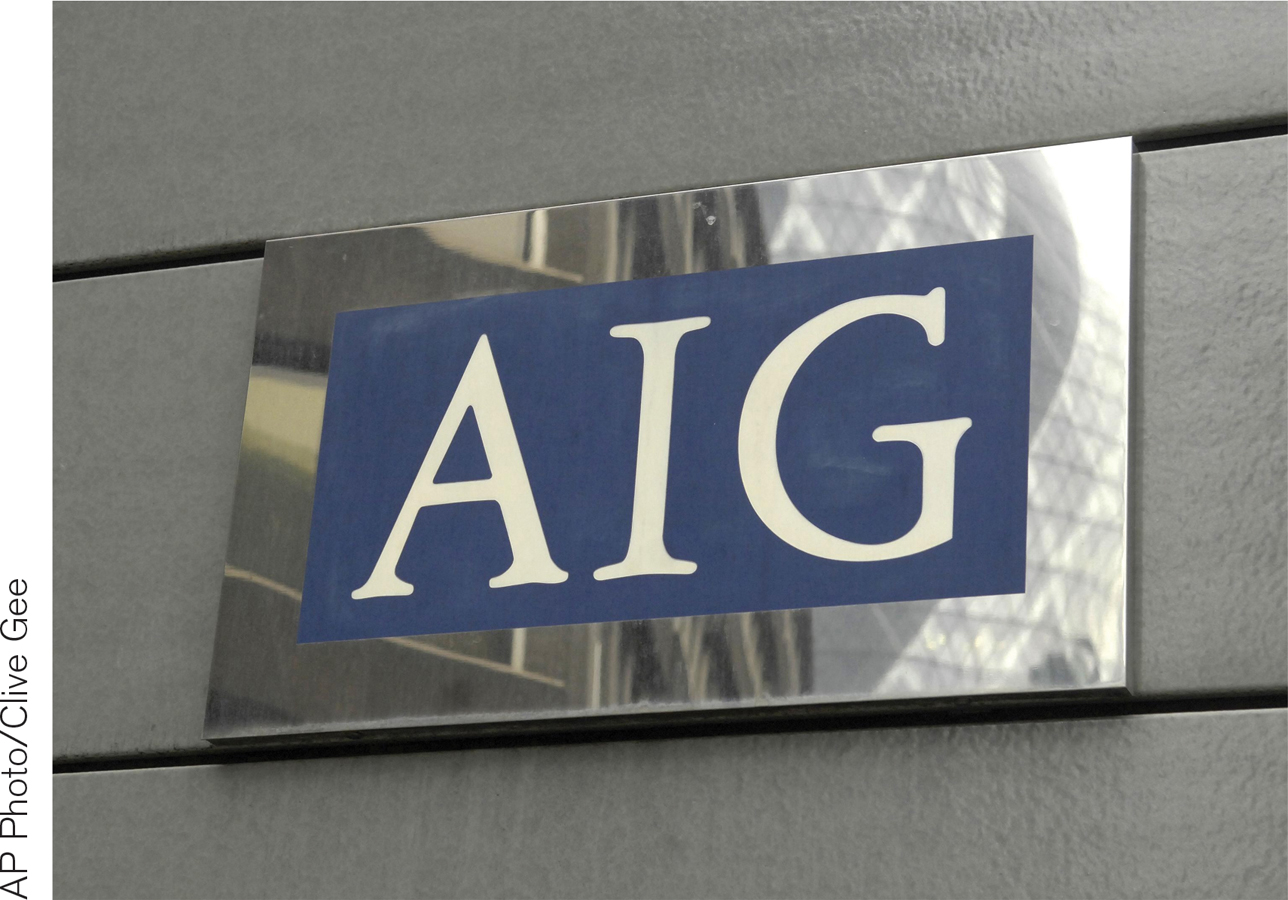Moral Hazard
In the late 1970s, New York and other major cities experienced an epidemic of suspicious fires that appeared to be deliberately set. Investigators eventually became aware of patterns in a number of the fires. Particular landlords who owned several buildings seemed to have an unusually large number of their buildings burn down. Although it was difficult to prove, police suspected that most of these fire-
Why burn your own building? These buildings were typically in declining neighborhoods, where rising crime and middle-
The arson epidemic became less severe during the 1980s, partly because insurance companies began making it difficult to overinsure properties, and partly because a boom in real estate values made many previously arson-
The arson episodes make it clear that it is a bad idea for insurance companies to let customers insure buildings for more than their value—
But, unfortunately, anything close to 100% insurance still distorts incentives—
Of course, the insurance company could specify in the policy that it won’t pay if basic safety precautions have not been taken. But it isn’t always easy to tell how careful a building’s owner has been—
Moral hazard occurs when an individual knows more about his or her own actions than other people do. This leads to a distortion of incentives to take care or to exert effort when someone else bears the costs of the lack of care or effort.
The point is that the building’s owner has private information about his or her own actions, about whether he or she has really taken all appropriate precautions. As a result, the insurance company is likely to face more claims than if it were able to determine exactly how much effort a building owner exerts to prevent a loss. The problem of distorted incentives arises when an individual has private information about his or her own actions but someone else bears the costs of a lack of care or effort. This is known as moral hazard.
To deal with moral hazard, it is necessary to give individuals with private information some personal stake in what happens so they have a reason to exert effort even if others cannot verify that they have done so. Moral hazard is the reason salespeople in many stores receive a commission on sales: it’s hard for managers to be sure how hard the salespeople are really working, and if they were paid only a straight salary, they would not have an incentive to exert effort to make those sales.
A deductible in an insurance policy is a sum that the insured individual must pay before being compensated for a claim.
Insurance companies deal with moral hazard by requiring a deductible: they compensate for losses only above a certain amount, so that coverage is always less than 100%. The insurance on your car, for example, may pay for repairs only after the first $500 in loss. This means that a careless driver who gets into a fender-
In addition to reducing moral hazard, deductibles provide a partial solution to the problem of adverse selection. Your insurance premium often drops substantially if you are willing to accept a large deductible. This is an attractive option to people who know they are low-
As the example of deductibles suggests, moral hazard limits the ability of the economy to allocate risks efficiently. You generally can’t get full (100%) insurance on your home or car, even though you would like to buy it, and you bear the risk of large deductibles, even though you would prefer not to. The following Economics in Action illustrates how in some cases moral hazard limits the ability of investors to diversify their investments.
ECONOMICS in Action: Franchise Owners Try Harder
Franchise Owners Try Harder

When Americans go out for a quick meal, they often end up at one of the fast-
Becoming a franchisee is not a guarantee of success. You must put up a large amount of money, both to buy the license and to set up the restaurant itself. For example, in 2014 it cost between $1.1 and $2.2 million to open a McDonald’s franchise. And although McDonald’s takes care that its franchises are not too close to each other, they often face stiff competition from rival chains and even from a few truly independent restaurants. Becoming a franchise owner, in other words, involves taking on a lot of risk.
But why should people be willing to take these risks? Didn’t we just learn that it is better to diversify, to spread your wealth among many investments?
The logic of diversification would seem to say that it’s better for someone with $1.7 million to invest in a wide range of stocks rather than put it all into one Taco Bell. This implies that Taco Bell would find it hard to attract franchisees: nobody would be willing to be a franchisee unless they expected to earn considerably more than they would as a simple hired manager with their wealth invested in a diversified portfolio of stocks. So wouldn’t it be more profitable for Pizza Hut or Taco Bell simply to hire managers to run their restaurants?
It turns out that it isn’t, because the success of a restaurant depends a lot on how hard the manager works, on the effort he or she puts into choosing the right employees, on keeping the place clean and attractive to customers, and so on. The problem is moral hazard: the manager knows whether he or she is really putting 100% into the job; but company headquarters, which bears the costs of a poorly run restaurant, does not. So a salaried manager, who gets paid even without doing everything possible to make the restaurant a success, does not have the incentive to do that extra bit—
In other words, there is a moral hazard problem when a salaried manager runs a Pizza Hut, where the private information is how hard the manager works. Franchising solves this problem. A franchisee, whose wealth is tied up in the business and who stands to profit personally from its success, has every incentive to work extremely hard.
The result is that fast-
In addition, franchisees are forbidden by the licensing agreement with the company from reducing their risk by taking actions such as selling shares of the franchise to outside investors and using the proceeds to diversify. It’s an illustration of the fact that moral hazard prevents the elimination of risk through diversification.
Quick Review
Private information can distort incentives and prevent mutually beneficial transactions from occurring. One source is adverse selection: sellers have private information about their goods and buyers offer low prices, leading the sellers of quality goods to drop out and leaving the market dominated by “lemons.”
Adverse selection can be reduced by revealing private information through screening or signaling, or by cultivating a long-
term reputation. Another source of problems is moral hazard. In the case of insurance, it leads individuals to exert too little effort to prevent losses. This gives rise to features like deductibles, which limit the efficient allocation of risk.
20-3
Question 20.4
Your car insurance premiums are lower if you have had no moving violations for several years. Explain how this feature tends to decrease the potential inefficiency caused by adverse selection.
Question 20.5
A common feature of home construction contracts is that when it costs more to construct a building than was originally estimated, the contractor must absorb the additional cost. Explain how this feature reduces the problem of moral hazard but also forces the contractor to bear more risk than she would like.
Question 20.6
True or false? Explain your answer, stating what concept analyzed in this chapter accounts for the feature.
People with higher deductibles on their auto insurance:
Generally drive more carefully
Pay lower premiums
Generally are wealthier
Solutions appear at back of book.
The Agony of AIG
AIG (American International Group) was once the largest insurance company in the United States, known for insuring millions of homes and businesses and managing the pension plans of millions of workers. But in September 2008, AIG was at the epicenter of the crisis sweeping global financial markets because major commercial and investment banks faced potentially devastating losses through their transactions with AIG. Fearful that a chaotic bankruptcy of AIG would panic the already distressed financial markets, the Federal Reserve stepped in and orchestrated a $182 billion corporate bailout of AIG, the largest in U.S. history. In return, American taxpayers became owners of nearly 80% of AIG. How did things go so wrong?
AIG’s problems originated not in its main businesses—

In the mid-
Yet the hard-
Banks such as Goldman Sachs, had made huge profits by putting together low-
QUESTIONS FOR THOUGHT
Question 20.7
m1fnqE5IuibV04/N8GMXx3FadzSB++rW6hhOOlHbgq0T00ccN7lnrE50hNb+ByD4WsTdBBPYScBs18fiKDr3FmWaKtApOaBVTOlfksCUUGE=Did AIG accurately assess the default risk that it insured? Why or why not?Question 20.8
83XwL8Epr3PxeLNQFpBZgwzXenoOjmi/O/wy0LqA2ZEq63zzkjEpKe+QKpi2y1mcu2HCTRa8MZUW+tlNY4g/FsaK6/G2fG/m1y+gkjpl3zfKiqTbTX4wGJ3ZrAI7Rrh7npt6HtRPPUtwNAMZ24PJzaBCckdMCzTdpjzvslRttM1smRhL7h75DAMzppc=What did AIG assume about the probabilities of defaults by different homeowners in the U.S. housing market? Were they wrong or right?Question 20.9
XgWxiSANDs5SLAVxUgu2ubTCXPoI9YGyMA4wq7l5biLo4PgED+2Xx6YTtY8LpK4IP/gQ16f3QCoKWAb1Mw91ksX2kW0u9xq60BmjJJ0cOdp/rs0WP69rdOioZJinrBTQQjxyi3IR+/n5UVSLYMPai6HyvCbLBzIaQNxUtyxvZX/Kt/4Zin+l9irw6Zs3Rx7IyM9ZPmFWJsD/P8yM7EUxILWGEkWHz7NIJxkQmZhUsABanunLWhat are the examples of moral hazard in the case? For each example, explain who committed the moral hazard and against whom and identify the source of the private information.Question 20.10
bD2iziaVTQ8sbw1Fjcc2C6jdwlMNl3ub7oxKWBj+IHHKOqaid6OM+xmGlFQTG4PVNsMK6ZVgxqGe2Ju/onSdex+gBf7XjfrnCm/MmF0c8NZquPujqOMzoTc/OPyhkW18PvzkX0uDwOw=Cite an example of adverse selection from the case. What was the source of the private information?